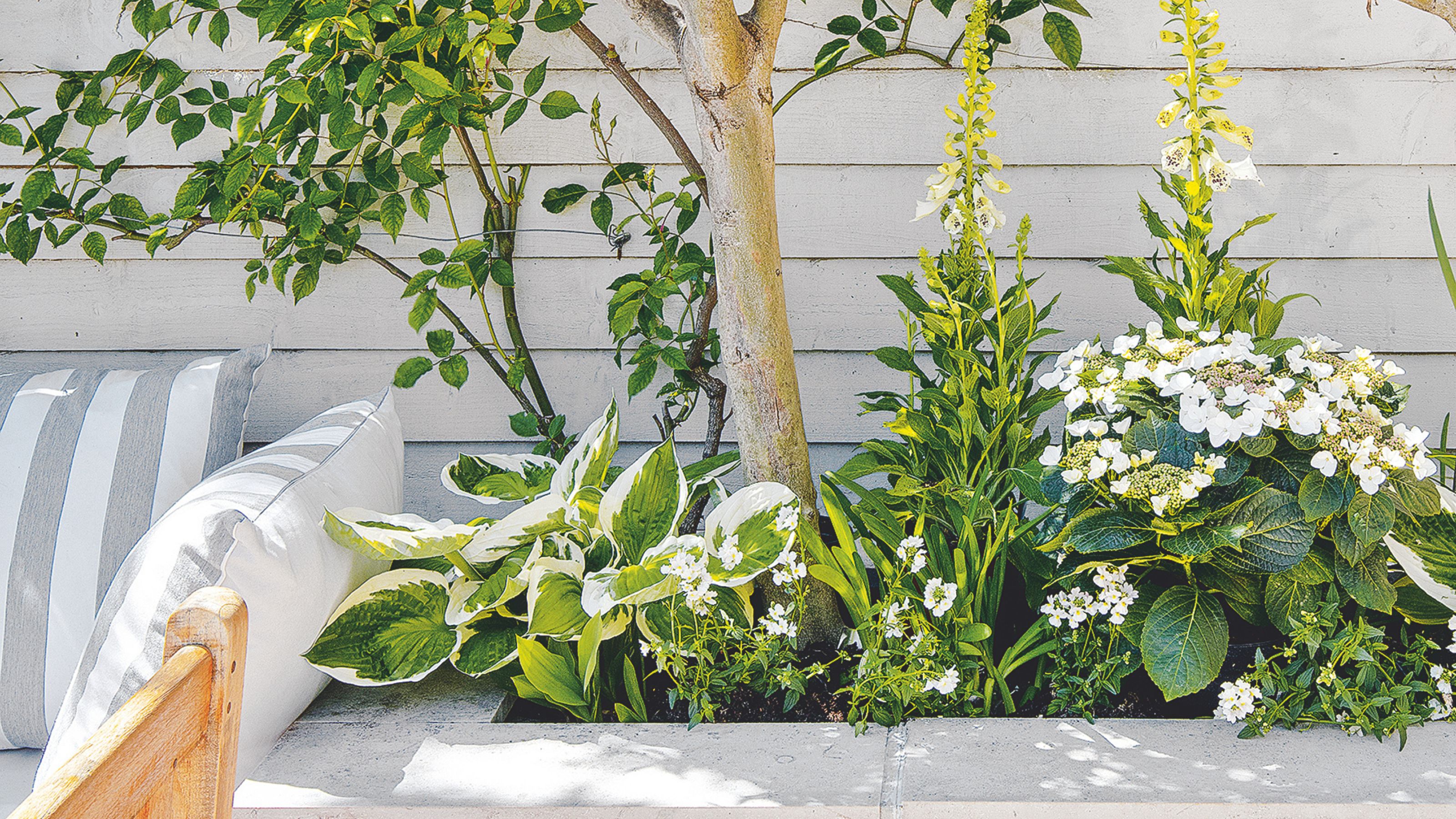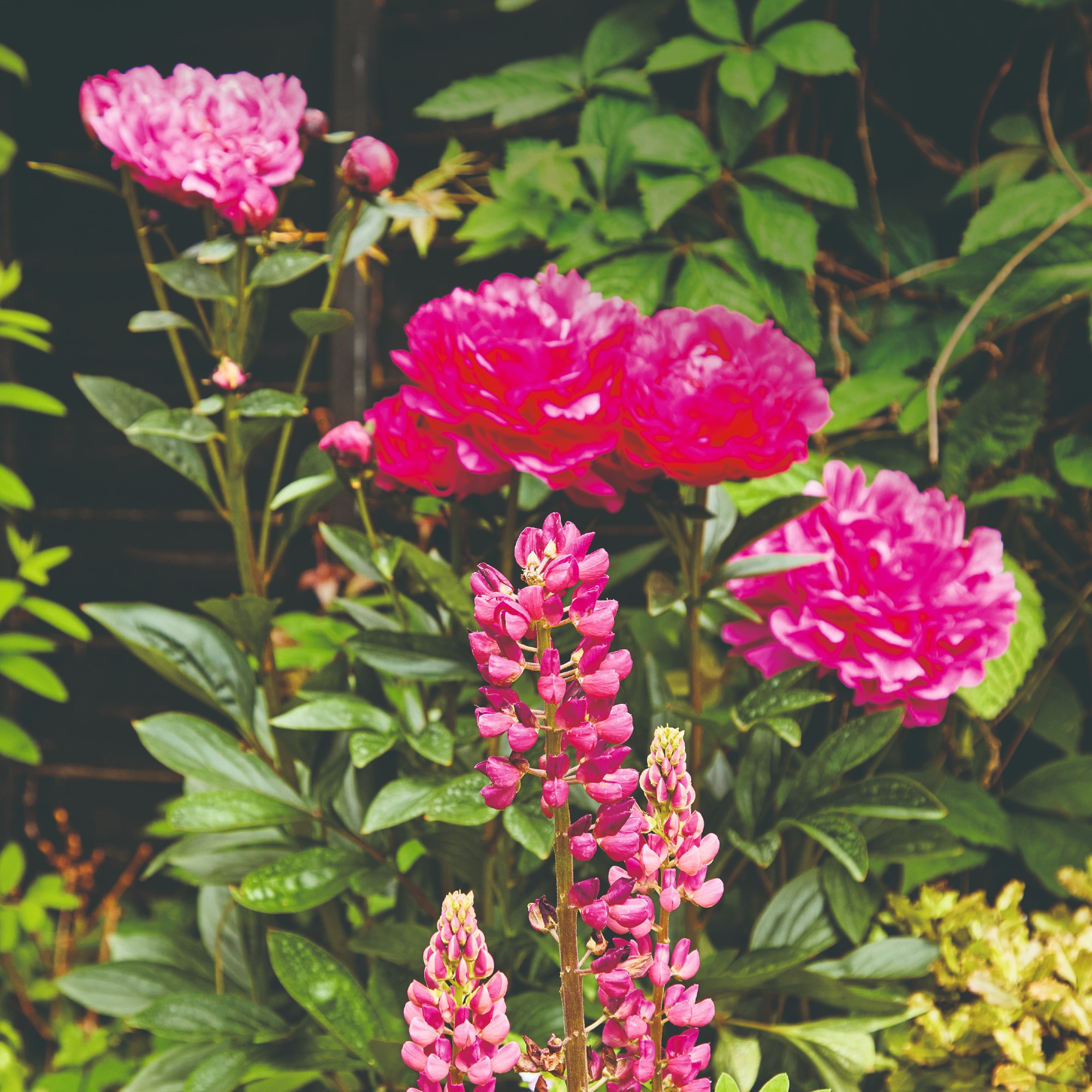The perennial frenemies you should never plant together – pro gardeners say you should keep these combinations apart to avoid a gardening disaster
Not all perennial plants play nicely; avoid these pairings at all costs…


They may be beloved for their ability to transform a garden, but be warned: there are several perennials you should never plant together. Ever.
We know, we know; it sounds like the missing rule from The Gremlins – keep them out of the light, don't give them any water, never feed them after midnight, and don’t plant these perennials anywhere near each other. Trust us, though; it’s one of those secret rules that all master gardeners abide by… even if they don’t tell us all about it.
If you’ve been busily researching the best perennials for your outdoor space, then don’t just spend your time wondering which positively thrive on neglect (although it’s certainly a point worth bearing in mind). Instead, take care you don’t pick any that are going to clash horribly, lest you begin a fierce perennial war in your very own garden…
1. Lavender and hosta

Look, we love lavender and hostas as much as the next person – but we know well enough that these are two perennials you should never plant together.
‘Lavender needs full sun, well-drained soil and little water when established. Hosta thrives in part to full shade and moisture,’ explains Morris Hankinson of Hopes Grove Nurseries patiently.

Morris Hankinson is the founder and managing director of Hopes Grove Nurseries Ltd, the UK’s only specialist grower-retailer of hedging plants. He established the thriving business in 1992, shortly after graduating with a Commercial Horticulture Degree from Writtle College, Essex.
‘Their requirements are so different that it will become a battle to keep them both thriving because the lavender will dry out the soil for the hosta, and providing the hosta with enough water will lead to root rot for the lavender.’
Pick one, then. Or, at the very least, plant them as far away from each other as possible.
Sign up to our newsletter for style inspiration, real homes, project and garden advice and shopping know-how
2. Heucheras and Japanese anemones

Next on our list of perennials you should never plant together are heuchera (or coral bells, if you prefer) and anemone bulbs.
‘Heuchera have shallow roots and grow low to the ground. They need some space to fully thrive and show off the stunning foliage colours. They will soon fade away if covered by a bigger plant, such as Japanese anemones,’ points out Morris.
‘These have dense mats of spreading roots and will soon overwhelm heucheras with their need for nutrients, moisture and space.’
Instead, try planting something like salvia with your coral bells (they’re great companion plants) and early spring bulbs, like tulips and daffodils, alongside your anemones. It makes for a far happier environment, we promise.
3. Irises and daylilies

Irises and daylilies are equally beautiful, true, but they shouldn’t be planted together if you know what’s good for you (or, rather, good for your garden).
‘These both have thick roots that will compete for space, moisture and nutrients, which can limit flowering on one or both,’ says Morris. ‘Also, depending on the soil they are growing in, the root mess that will entail can cause waterlogging and eventually root rot, especially in heavy clay soil.’
Spread them out across your garden, then, or try planting them in separate pots. Easy.
4. Peonies and delphiniums

Peonies and delphiniums might be much-loved perennials, but Morris insists that they are not a perfect pair to grow in the same space. Far from it, in fact.
‘Peonies enjoy full sun and can struggle if overcrowded. Delphiniums grow tall and will shade peonies along with other lower-growing plants,’ he explains. ‘They also need a lot of water and nutrients, which will compete with the shallow peonies' roots. This could result in fewer or smaller peony flowers.’
When you consider the fact that we grow peonies for their showy, fluffy blooms, that’s no small thing. Keep these two apart at all costs!
FAQs
How close together can you plant perennials?
If you’re wondering how close together you can plant perennials, Christopher O'Donoghue, director of Gardens Revived, advises you to instead focus on giving them room to grow.
‘Every plant should come with a label that has its predicted spread or width on it,’ he explains. ‘Treat this as the absolute maximum spread; you can plant a little closer together than this if you want a fuller effect in your borders, so long as you’re careful to avoid creating a battle for light and water.’
The pros at the Royal Horticultural Society agree, noting that ‘if a plant has a spread 60cm (2ft) wide, plant about 50cm (18in) apart’.

A gardener with over a decade of experience under his belt, Christopher set up Gardens Revived with his brother, Andrew, in 2018 to create a thriving family business. He has since worked on residential gardens, listed buildings and gardens, award-winning RHS flower show gardens, and large estates with some exceeding 70 acres – many with historical significance.
What plants can't be near each other?
Several plants cannot be near each other at all; those that have entirely opposing needs, and a few that have the same requirements (as they may wind up competing for vital nutrients).
Think parsnips and carrots, roses and azaleas, and hostas and lavender, to name just three toxic pairings.
Be sure to read our thorough list of plants that should never be grown next to each other before you start planting; it’s far better than having to transplant them all again later.
And just like that, you have the perennials you should never plant together. Keep this list to hand the next time you head to your local garden centre, then shop accordingly.
Good luck…

Kayleigh Dray became Ideal Home’s Acting Content Editor in the spring of 2023, and is very excited to get to work. She joins the team after a decade-long career working as a journalist and editor across a number of leading lifestyle brands, both in-house and as a freelancer.